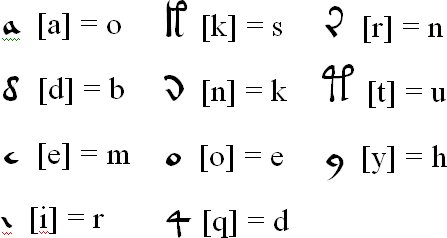The ever-reliable BibliOdyssey blogger has posted up some more manuscript images, this time of Giovanni Fontana’s “Bellicorum Instrumentorum Liber”, who you may remember mentioned on Cipher Mysteries and in The Curse (p.129 & p.141). Sadly, my favourite Fontana drawing (the rocket-powered rabbit on a skateboard, folio 37r) is missing from the set, but plenty of other splendid ones make up for that omission. 🙂
BibliOdyssey’s description of Fontana’s book included a reference to a great little paper by University of Toronto history professor Bert Hall to which I’ve been meaning to post a link here for a while: “Writings about Technology ca. 1400-ca. 1600 A.D. and their Cultural Implications” (1979). Hall outlines his own odyssey into the history of science 1400-1600, and how many of the technical / scientific manuscripts from the 15th century he examined effectively fell halfway between drawing and describing:-
When I first began to examine the documents I am discussing, I noticed that the more interested a particular text was in mechanics or architecture, the more likely it was to be profusely illustrated. As I studied them further, I realized that I was approaching them with the wrong presuppositions. I did not have in hand a group of illustrated texts, but rather a group of pictures with running commentaries.
Many of the “texts” (and that word is now to be understood as having quotation marks) from Kyeser to Ramelli, including Leonardo, are very nearly “picture-books” of technology with verbal comments. At times, the primacy of the picture is made unmistakably clear, as for example in a German work of the 1430’s [Vienna, Waffensammlung des kunsthistorischen Museums, MS P 5014] which dispenses with text altogether.
Note that MS P 5014 is also mentioned on p.166 of “The Enigmatic Water Wheel” by Bradford P. Blaine, as “a German manuscript of ca. 1437” that contains a drawing of a water-powered mill-arrangement to power a wooden pipe boring machine. Incidentally, the Kunsthistorische Museum in Vienna is famous for owning (then losing in 2003, and then regaining in 2006) Benvenuto Cellini’s exquisite salt cellar (valued at £36m) – “Waffensammlung” means Weaponry Collection, though I don’t know whether this MS reference is current.

